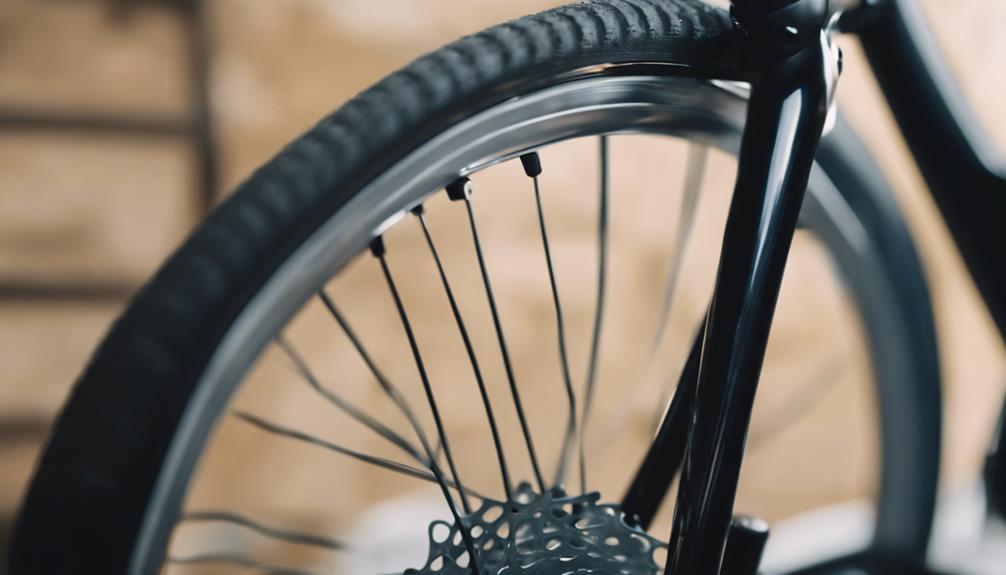Biking is not just a mode of transportation; it’s a lifestyle, a fitness activity, and for many, an exhilarating hobby. Whether you are commuting to work, cycling through the countryside, or racing down a mountain trail, the right gear can make all the difference. One often-overlooked yet essential piece of cycling gear is a good pair of bike gloves. In this article, we will explore the importance of bike gloves, the different types available, key features to consider, and how to choose the perfect pair for your needs.
Why Are Bike Gloves Important?
Bike gloves serve multiple purposes that enhance comfort, safety, and performance during your rides. Here are several reasons why investing in a quality pair of bike gloves is essential:
- Grip and Control: Bike gloves provide improved grip on the handlebars, allowing for better control, especially in wet or sweaty conditions.
- Shock Absorption: They often contain padding that absorbs shocks from bumps and rough terrain, reducing fatigue and discomfort in your hands.
- Protection: In case of a fall, gloves can protect your hands from abrasions and injuries.
- Temperature Regulation: Gloves help maintain warmth in colder weather and wick away sweat in hot conditions.
- Vibration Reduction: They can help minimize the vibrations transmitted through the bike’s handlebars, which can lead to hand numbness over time.
Types of Bike Gloves
There are several types of bike gloves designed for various cycling activities. Understanding the distinctions can help you choose the right pair:
- Short-Fingered Gloves: These gloves are popular among road cyclists. They feature half-fingers that allow for better dexterity and ventilation.
- Full-Fingered Gloves: Ideal for mountain biking or cooler weather, these gloves cover the entire hand and provide extra warmth and protection.
- Gel-Padded Gloves: These gloves come with gel padding that provides additional comfort, making them suitable for long rides.
- Waterproof Gloves: Designed for wet weather, waterproof gloves keep your hands dry and warm during rainy rides.
- Touchscreen-Compatible Gloves: Many modern gloves come with special materials on the fingertips, allowing you to use your smartphone or GPS without removing them.
Key Features to Consider
When selecting bike gloves, several important features should be taken into account to ensure you make the right choice:
- Fit: The gloves should fit snugly without being too tight. They should allow for full hand movement and not restrict circulation.
- Padded Areas: Look for gloves with gel or foam padding in strategic areas for maximum comfort and shock absorption.
- Material: Breathable and moisture-wicking fabrics keep your hands cool and dry. Consider gloves made from synthetic materials that offer durability.
- Closure System: Velcro straps or elastic cuffs provide a secure fit and prevent dirt from entering the glove.
- Reflective Elements: If you cycle in low-light conditions, reflective features enhance visibility and safety.
How to Choose the Right Bike Gloves
Choosing the right bike gloves can be a daunting task with so many options available. Here’s a simple guide to help you make an informed decision:
1. Determine Your Cycling Style
Your cycling style should influence your choice of gloves. For example:
- If you are a road cyclist, opt for lightweight, short-fingered gloves for better ventilation.
- Mountain bikers may prefer full-fingered gloves for added protection against branches and rocks.
- Commuters might want versatile gloves that are comfortable for daily rides and provide good grip.
2. Consider the Weather
The climate in which you ride will impact your glove choice:
- In warm weather, choose lightweight, breathable gloves.
- For cold conditions, look for insulated gloves or liners.
- In wet weather, consider waterproof gloves to keep your hands dry.
3. Try Before You Buy
Whenever possible, try on gloves before purchasing. Pay attention to the following:
- Check for comfort and fit, making sure there are no pressure points.
- Test the dexterity by gripping the handlebars and mimicking cycling positions.
- Ensure the gloves provide adequate padding and support.
Case Studies and Real-World Examples
To illustrate the importance of choosing the right bike gloves, consider the following case studies:
Case Study 1: The Commuter
A commuter named Sarah rides 10 miles daily to work. She initially used regular gloves, which caused her hands to sweat and slip on the handlebars. After switching to breathable, padded short-fingered gloves, she noticed a significant improvement in grip and comfort, leading to a more enjoyable ride.
Case Study 2: The Mountain Biker
Tom, an avid mountain biker, often ventured into rugged trails. He faced several falls due to inadequate hand protection. After investing in full-fingered gloves with reinforced palms, Tom felt more secure during his rides and experienced fewer injuries, enhancing both his performance and confidence.
Statistics on Cycling Safety and Gear
According to the National Highway Traffic Safety Administration (NHTSA), approximately 840 cyclists were killed in traffic accidents in 2019 alone. Wearing protective gear, including gloves, can significantly reduce the risk of injuries. Additionally, studies have shown that cyclists who use padded gloves report a 25% decrease in hand discomfort during long rides.
Conclusion: The Importance of Investing in Quality Bike Gloves
Bike gloves are an essential part of any cyclist’s gear, offering comfort, protection, and enhanced performance. By understanding the different types of gloves available, considering key features, and choosing the right pair based on your cycling style and weather conditions, you can significantly improve your riding experience. Whether you are a casual rider or a serious enthusiast, investing in a quality pair of bike gloves is a decision that will pay off in comfort and safety on the road or trail.
Remember, every ride should be enjoyable, and the right gear, including bike gloves, can make all the difference. Happy cycling!
